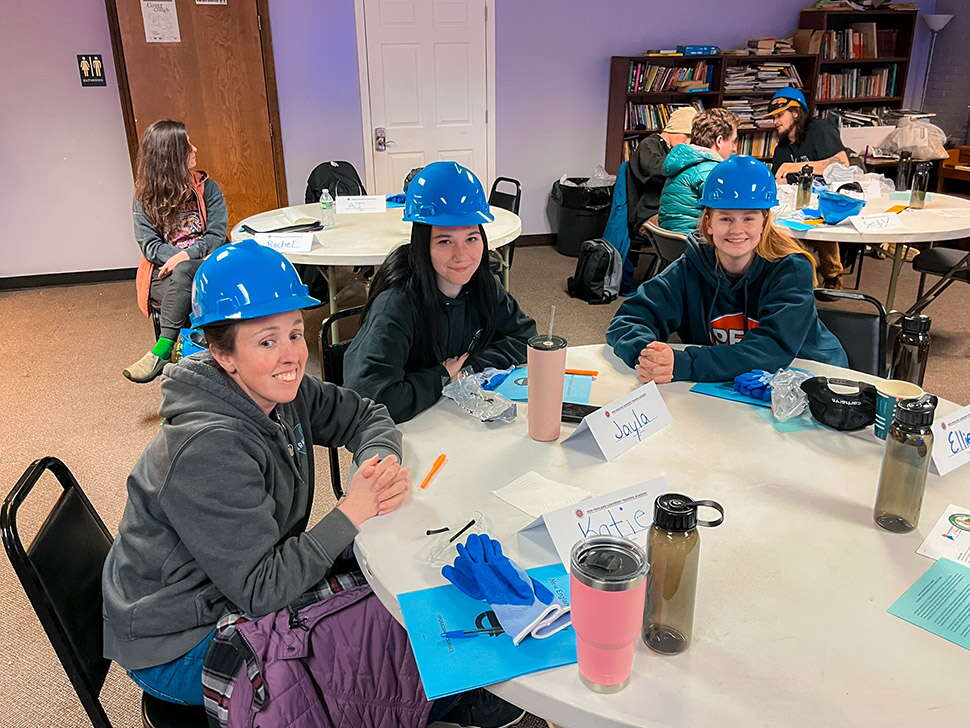
Processing Your Payment
Please do not leave this page until complete. This can take a few moments.
- News
-
Editions
View Digital Editions
Biweekly Issues
- December 1, 2025
- Nov. 17, 2025
- November 03, 2025
- October 20, 2025
- October 6, 2025
- September 22, 2025
- + More
Special Editions
- Lists
- Viewpoints
-
Our Events
Event Info
Award Honorees
- Calendar
- Biz Marketplace
Building the construction workforce: A growing suite of training opportunities address critical shortage of workers
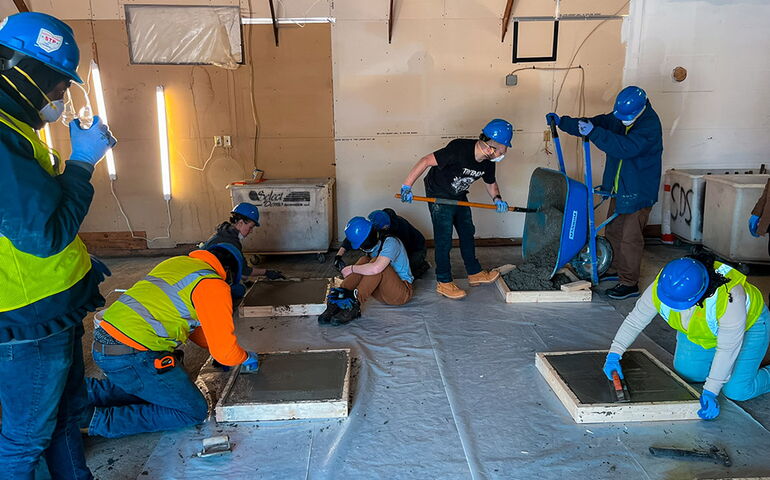 Photo / Courtesy of Maine AFL-CIO
The Union Construction Academy is one of a growing suite of construction workforce development programs looking to address workforce shortages.
Photo / Courtesy of Maine AFL-CIO
The Union Construction Academy is one of a growing suite of construction workforce development programs looking to address workforce shortages.
Kloey Arsenault was 18 and had just graduated from high school when she enrolled in the AFL-CIO’s Union Construction Academy of Maine to train as an ironworker.
Her dad is an ironworker and at first she was looking to make him proud.
The motive evolved. Now age 19, she’s a member of Ironworkers Local 7, making a good wage with raises and benefits and most recently working for Ipswich Bay Glass on construction of the University of Southern Maine’s Crewe Center for the Arts.
“I love my job and going to work with my best friends,” she says.
Arsenault was enrolled in the academy’s free, four-week registered pre-apprentice program, which prepares workers to succeed in registered apprenticeship programs and to build careers.
Earning wages from the start, most apprentices have little to no debt when they graduate and statistically earn higher wages as they become more skilled. The intensive program is designed not only to give participants certifications and training, but to help them build a sense of community with others who will be apprentices. The union works with graduates to help them land in the workforce. The program includes classroom and fieldwork.
“I’m really proud that I went through that program. We need to get more younger people in the trades,” says Arsenault.

Diverse demographics
The Union Construction Academy is one of a growing suite of construction workforce development programs looking to address workforce shortages. Goals include attracting diverse demographics traditionally underrepresented in the industry and providing paths both to entry and to lifelong professional development.
Started in May 2023 and run by the Maine AFL-CIO, Maine Building Trades Council and the New England Laborers Training Academy, it’s designed specifically to prepare a diverse workforce. The 160 pre-apprentices trained so far across seven academy sessions, and sessions by a sister program at IBEW 1253 in Newport (which mostly serves high school students), include 69 women, 106 people of color, 22 justice-involved individuals, 92 unemployed workers, 90 youth (age 18-24), and five individuals with disabilities. The majority would qualify as low-income.
Graduates go into union registered apprenticeship programs as union carpenters, electricians, elevator constructors, iron workers, insulators, laborers, millwrights, plumbers and pipefitters and sheet metal workers.
“This program aims to train workers from diverse backgrounds not only because we think it’s the right to do, but also because we need more skilled tradespeople across the board and can’t meet those needs by only drawing from a small subset of the population,” says Sam Boss, director of apprenticeship and workforce equity at Maine AFL-CIO.
Recruitment of more women has been a top priority; the academy has done several sessions specifically aimed at bringing more women into the trades — and they’ve had a lot of success in the field, says Boss.
Each session take 15 to 20 people. “We provide a small teacher-to-student ratio and support that continues after they graduate from the program,” Boss says.
Boss gets word out in a variety ways, including career fairs, high schools, nonprofit partners and social media. Every session has had a strong response rate. In the past couple of years, each session has received over 100 applications for the 15 to 20 spots available.
The extent of the need for workers depends on the trade. “But I’d say just about everybody is looking for more quality people on their job sites,” Boss says, adding, “There’s a lot of construction happening around Maine.”
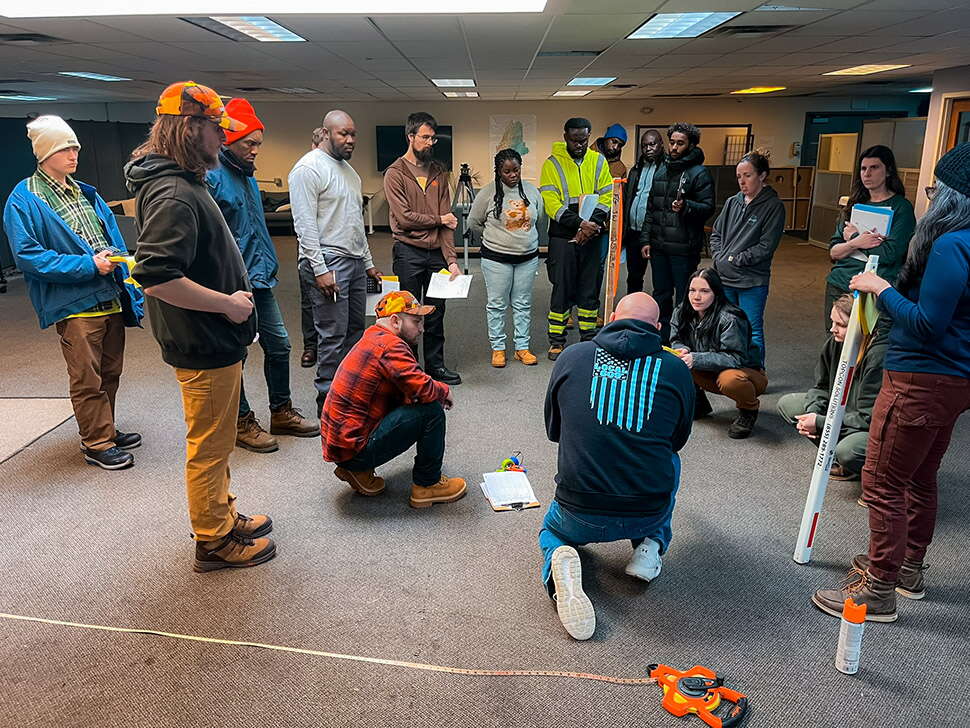
Hands-on experience
“The need continues to grow,” says Kelly Flagg, executive director at Associated General Contractors of Maine, or AGC Maine, which established a program called the Maine Construction Academy to provide pre-apprenticeship pathways through four weeks of instruction in both the classroom and hands-on experiences.
“Construction in Maine over the last several years has made up a large portion of the job growth in our state,” says Flagg. Growing demand for workers combined with an aging workforce is driving the need for training, she says.
Established in 2023, the academy last year offered 12 youth programs and three adult programs For 2025 it currently has 16 youth programs scheduled, along with one program for all ages and a pilot program for adults in recovery and re-entry from incarceration, which is a partnership with MaineWorks.
The four-week sessions run each day from 8 a.m. to 2 p.m. Students are provided all necessary protective gear for construction, including new boots, and receive basic construction related certifications that help them when they enter the workforce. Certifications show they have basic knowledge in things like construction math, print reading, hand tools and power tools. They have several hands-on experiences with different construction companies on different types of projects.
“We try to make sure they see at least a transportation project, building project and energy project during the program so they see the options available within construction,” Flagg says.
Path to apprenticeship
So far, the academy has served 252 students and expects around 300 this year.
The youth programs are hosted by high schools and technical education centers. Those students are recruited by a combination of teacher recommendations and AGC general marketing to the community through parent info sessions and career fairs.
Adults are often drawn to AGC’s social media or website as they search for career change options.
The goal is for students to enter apprenticeships with the companies they meet.
“Several of our students are now working in the industry in a variety of careers and some have even completed apprenticeship programs,” Flagg says. “We track the students for several years after the program as the younger students may not be ready for work when they take the program, but it is our hope that they will find something they are interested in and it will help drive their remaining high school experience.”
She continues, “Our adult programs have a much faster and higher placement rate, as those individuals are ready for a career and often take a position immediately following the program. We have had great success there.”
Connections
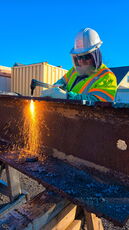
“We recognized that there’s a need and, if we want a next generation of construction workers, we have to figure out how to do it,” says Robin Wood, human resources director for Reed & Reed, a general contractor in Woolwich, which partners with AGC Maine on the Maine Construction Academy programming.
Reed & Reed hosts Maine Construction Academy groups on its job sites. The company’s own pre-apprenticeship and apprenticeship programs provide pay and full benefits.
“Our program exposes people to every aspect of construction,” says Wood.
The programs provide class work, fieldwork and tools. “They get the opportunity to talk with a lot of the experienced people — crane operators, superintendents, foremen,” Wood says. “They can talk with folks who have already been through our program and gone from pre-apprenticeship

to apprenticeship.”
The program even provides a financial advisor to teach financial literacy. Over 100 people have gone through the pre-apprenticeship program.
“We’ve focused on the fact that we’re not trying to just give you a job. We’re trying to set you up with a career and here’s pathway,” she says.
Public education
Public education pathways include the Maine Department of Education’s Career and Technical Education Schools, offering hands-on training, industry certifications and real-world experience across a variety of industries, including construction.
The seven-campus Maine Community College System, with AGC Maine, has short-term workforce training as part of its programming.
For construction, one of the longest-running short-term programs is in welding, whose perks include an “earn while you learn” incentive.
“We’re working with construction companies and listening to their needs,” says Dan Belyea, the system’s chief workforce development officer.
Short-term training generally takes days, weeks or months to complete, and is free or discounted. It’s offered at the colleges, workplaces, online and through third-party, industry-approved instruction.
The programs are in addition to the traditional offerings of two-year associate degree and one-year certificate programs, which are largely workforce training as well.
Training components include basic occupational skills training for people looking to enter a field or career; upgraded skills training for current workers so they keep up with evolving industry standards; and scholarships for workers looking to pursue an associate degree or certificate.
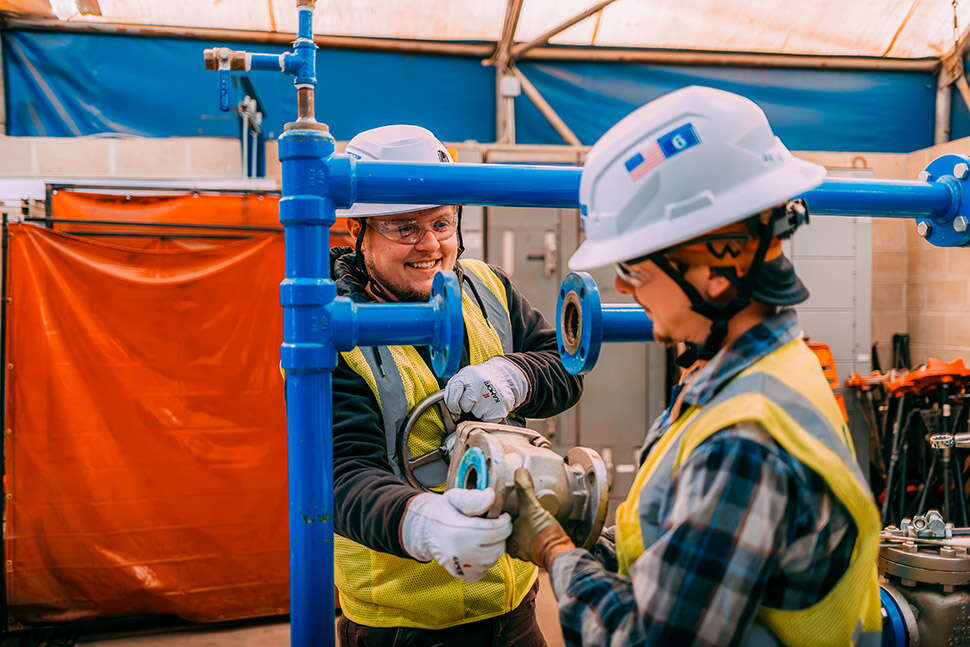
Good earnings, benefits
Pittsfield-based Cianbro, Maine’s largest construction company, started the Cianbro Institute in 2007 and built a facility to house the program in 2017. The institute supports professional growth opportunities for team members at any stage of their careers, through in-house resources and partnerships with external organizations and educational centers.
The institute offers 100% tuition reimbursement upon completion of approved external programs, certifications, courses or degrees.
Hundreds of team members take advantage of the institute’s various programs every year, says Mark Brooks, the institute’s director.
Programs include apprenticeships, a high school “boot camp,” professional development and leadership advancement programs, safety development, a scholarship program and craft development. College internships are focused on students pursuing a degree in engineering, safety, health, environmental, construction management, information technology, business or finance.
Last year, Cianbro had over 40 interns; about three-quarters received return offers.
“The need for people is pressing, in Maine and throughout the country,” said Brooks. “To close the gap, it will be critical for people to have multiple pathways to develop the high demand skillsets needed in the industry. It will take combined effort from employers and secondary and post-secondary development programs to achieve this. There’s tremendous opportunity in the construction industry.”
For two new construction workers, the programs were well worth the time.
Kamron King graduated in February 2024 from the Union Construction Academy and found a job right away as a welder at Portsmouth Naval Shipyard. “I would encourage people to join the program,” he says.
Arsenault agrees. “The training program is a phenomenal kick-start for an actual career,” she says.
Mainebiz web partners
Related Content

The Giving Guide
The Giving Guide helps nonprofits have the opportunity to showcase and differentiate their organizations so that businesses better understand how they can contribute to a nonprofit’s mission and work.
Learn More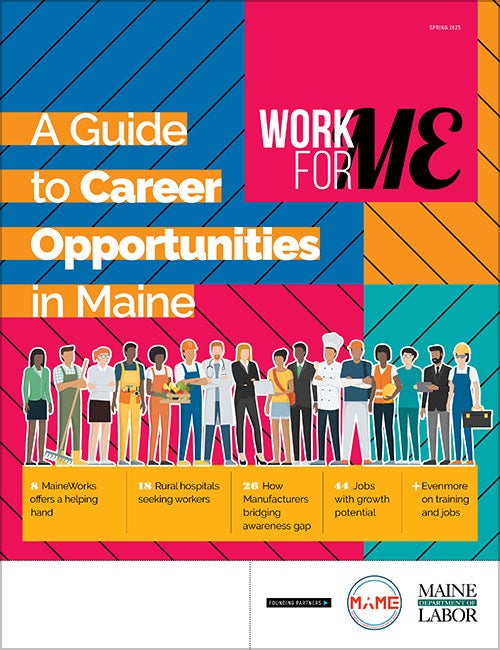
Work for ME
Work for ME is a workforce development tool to help Maine’s employers target Maine’s emerging workforce. Work for ME highlights each industry, its impact on Maine’s economy, the jobs available to entry-level workers, the training and education needed to get a career started.
Learn More
Groundbreaking Maine
Whether you’re a developer, financer, architect, or industry enthusiast, Groundbreaking Maine is crafted to be your go-to source for valuable insights in Maine’s real estate and construction community.
Learn more-
The Giving Guide
The Giving Guide helps nonprofits have the opportunity to showcase and differentiate their organizations so that businesses better understand how they can contribute to a nonprofit’s mission and work.
-
Work for ME
Work for ME is a workforce development tool to help Maine’s employers target Maine’s emerging workforce. Work for ME highlights each industry, its impact on Maine’s economy, the jobs available to entry-level workers, the training and education needed to get a career started.
-
Groundbreaking Maine
Whether you’re a developer, financer, architect, or industry enthusiast, Groundbreaking Maine is crafted to be your go-to source for valuable insights in Maine’s real estate and construction community.
ABOUT
NEW ENGLAND BUSINESS MEDIA SITES
No articles left
Get access now
In order to use this feature, we need some information from you. You can also login or register for a free account.
By clicking submit you are agreeing to our cookie usage and Privacy Policy
Already have an account? Login
Already have an account? Login
Want to create an account? Register
Get access now
In order to use this feature, we need some information from you. You can also login or register for a free account.
By clicking submit you are agreeing to our cookie usage and Privacy Policy
Already have an account? Login
Already have an account? Login
Want to create an account? Register







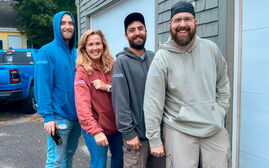



0 Comments